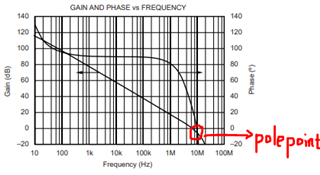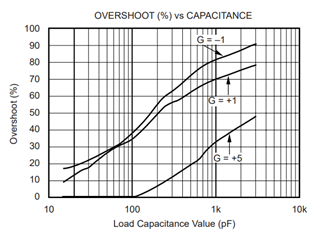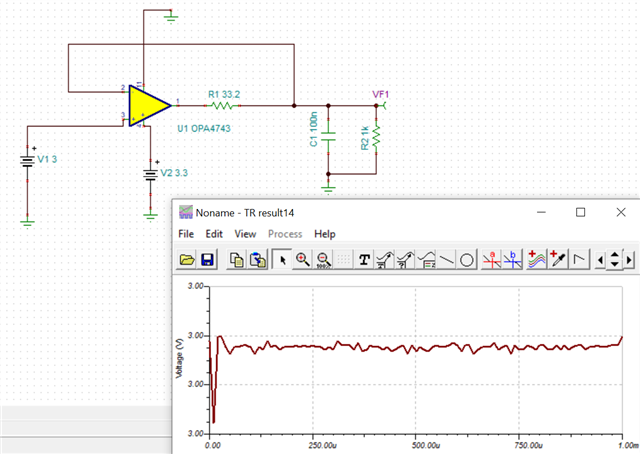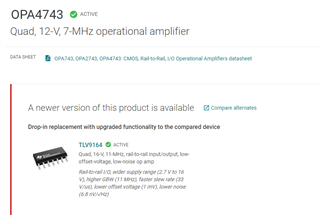Other Parts Discussed in Thread: TINA-TI, TLV9164
Hi team,
Hope you have a good day!
This is Jerry, currently my customer is using OPA4743 in their new design, and they want to know how we test the bode plot and why there is a pole point at 10MHz. They also want to know the open loop transfer function of OPA4743. This may help them to analyze how much capacitive load can be connected to OPA4743 and make sure stability at the same time.
Pls feel free to let me know if you have any questions. Thanks a lot.






